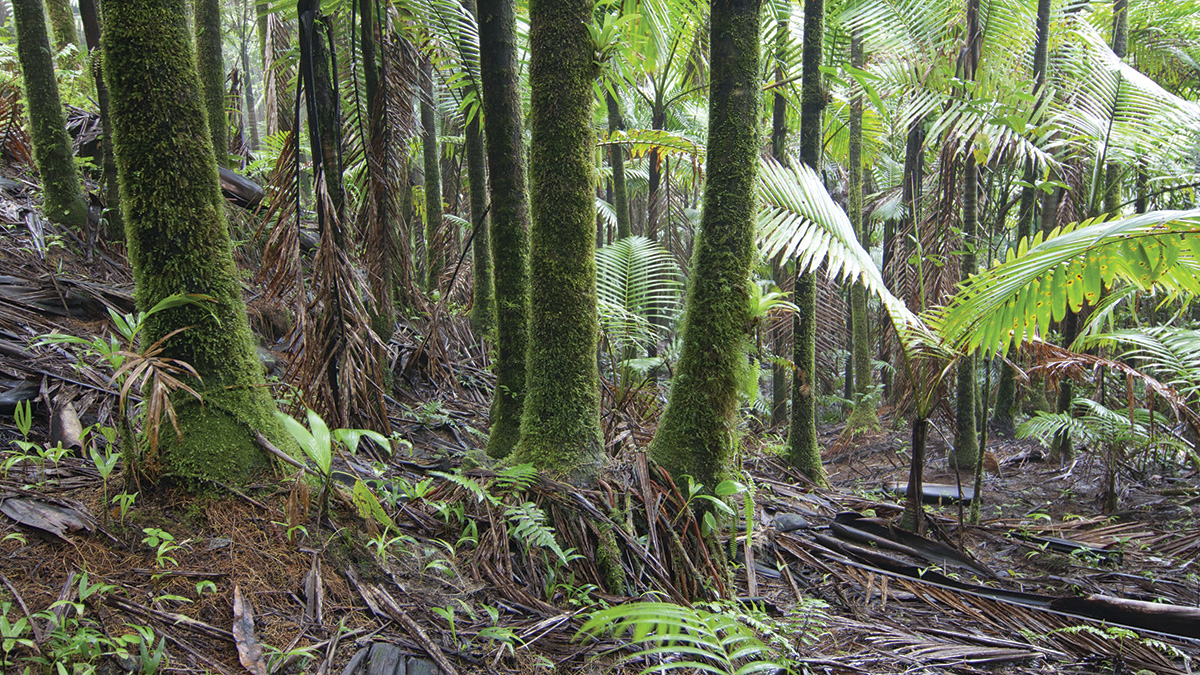Source: Journal of Geophysical Research: Biogeosciences
Nitrogen changes form as it cycles between air, soil, and life. Soils, for example, emit nitrogen either as inert dinitrogen (N2), which dominates our atmosphere, or as nitric oxide (NO) or nitrous oxide (N2O), the greenhouse gases that warm it.
Understanding what types of nitrogen gas emissions are coming from soils is important in managing greenhouse gas emissions and characterizing nitrogen budgets globally. But because Earth’s atmosphere is teeming with dinitrogen gas, it can be difficult to measure the small N2 emissions from soils amid the high background concentrations.
Almaraz et al. headed to Puerto Rico to better understand how tropical soils emit nitrogen as N2 or N2O. They discovered that dinitrogen dominated soil emissions, but the exact ratio depended on the topography and soil moisture.
The researchers took soil cores from Luquillo Experimental Forest in Puerto Rico at various topographic gradients, including valleys and ridges and the slopes that lie in between. In the laboratory, they incubated the samples in an artificial atmosphere, which replaced the soil’s nitrogen with mixtures of oxygen and helium. This method allowed the team to measure the forms of nitrogen as it left the soil.
They found that dinitrogen dominated the samples. Furthermore, wet valleys emitted more N2, NO, and N2O than aerated ridges and slopes. The team estimates that in total, tropical forest soils emit about 37 kilograms of nitrogen per hectare per year, with 99% of the gas being N2.
The researchers suggest that dinitrogen fluxes might have been underestimated in lowland tropical forest landscapes in the past, and they call for a reevaluation of nitrogen budgets in light of these new findings. (Journal of Geophysical Research: Biogeosciences, https://doi.org/10.1029/2022JG007210, 2023)
—Sarah Derouin, Science Writer

